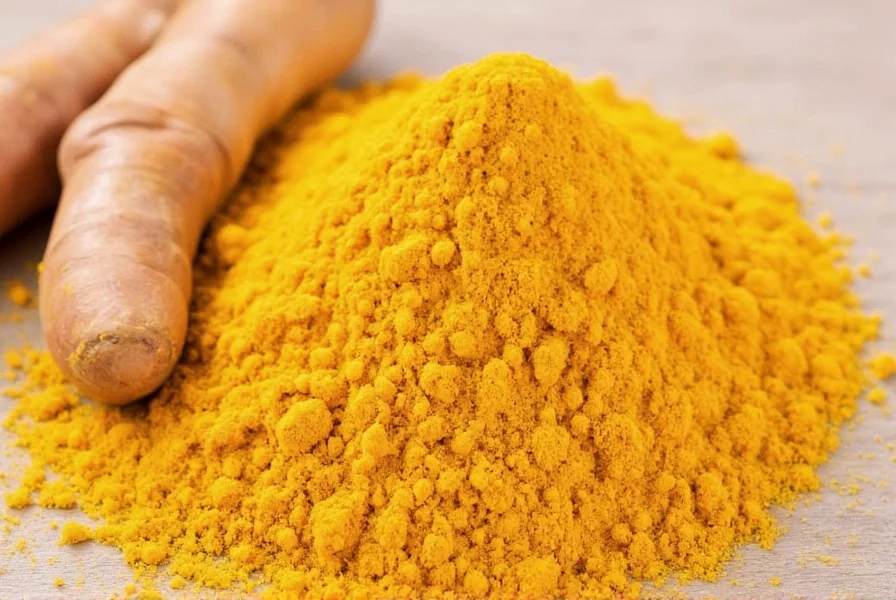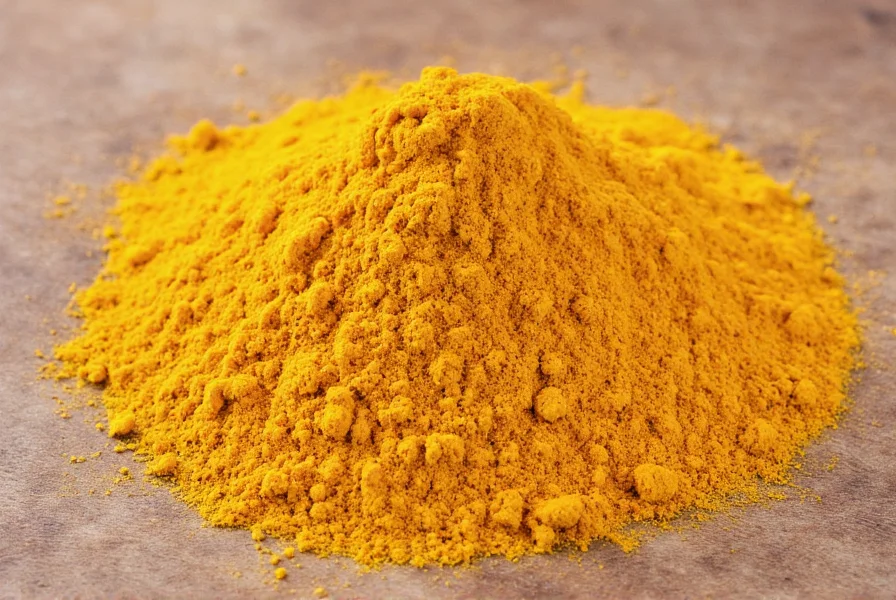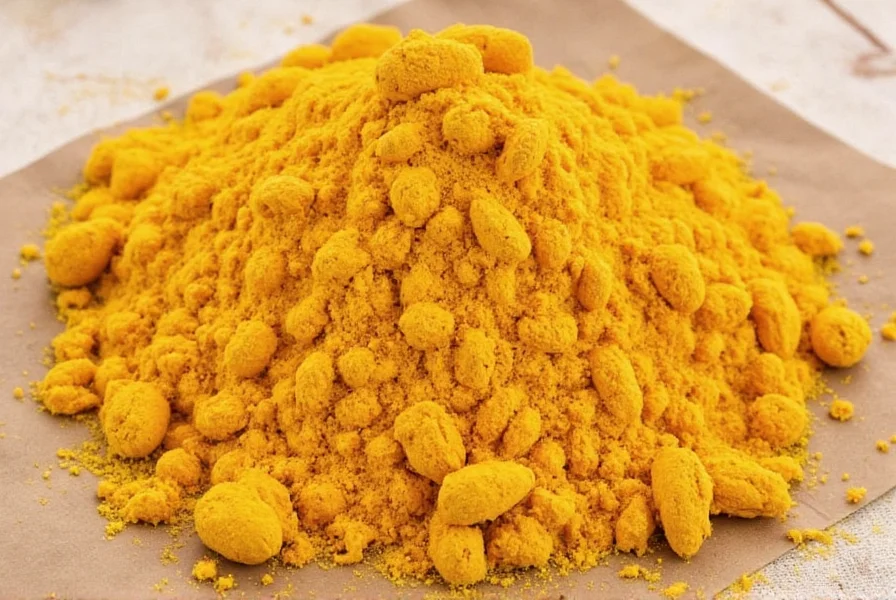When you encounter fresh turmeric root at the market, you'll notice its rough, bark-like exterior resembles ginger but tends to be smaller and more compact. The true visual signature emerges when you slice through the skin to reveal the brilliant orange-yellow interior that gives turmeric its distinctive identity. This vibrant hue directly translates to the powdered form that most home cooks use regularly.
Visual Characteristics of Fresh Turmeric Root
Fresh turmeric root, also called turmeric rhizome, presents several distinctive visual features that help with identification. The outer skin ranges from light to dark brown with a texture similar to ginger but typically more rounded and less segmented. Most roots measure between 2-4 inches in length with multiple finger-like projections extending from a central bulb.

When cut open, the interior reveals what makes turmeric unmistakable: a brilliant orange-yellow to deep golden color that immediately distinguishes it from pale yellow ginger. This intense pigmentation contains curcumin, the compound responsible for both turmeric's color and many of its properties. The flesh has a firm, dense texture with visible fibrous strands running through it.
Turmeric Powder: Color and Texture Analysis
Ground turmeric transforms the fresh root into a fine powder with an even more concentrated color. High-quality turmeric powder displays a rich golden-yellow hue that ranges from bright yellow to deep orange depending on the curcumin content. When held to light, authentic turmeric powder appears uniformly colored without dark specks or inconsistent tones.
The texture should be fine and consistent, similar to other spice powders like cinnamon or paprika. Be cautious of powders that appear clumpy or contain visible particles, as these may indicate adulteration or poor processing. Turmeric powder's most distinctive visual property is how readily it stains surfaces yellow-orange—a characteristic that makes it useful as a natural dye but challenging to work with in the kitchen.
| Characteristic | Fresh Turmeric Root | Turmeric Powder |
|---|---|---|
| Color (Exterior) | Brown, bark-like skin | Uniform golden-yellow |
| Color (Interior) | Vibrant orange-yellow | Deep golden-yellow |
| Texture | Firm, dense with fibrous strands | Fine, consistent powder |
| Size/Shape | 2-4 inches with finger-like projections | N/A (powdered form) |
| Staining Property | Stains skin and surfaces yellow-orange | Strongly stains surfaces and fabrics |
Distinguishing Turmeric from Similar Spices
Many people confuse turmeric with ginger due to their similar root structure. While both belong to the Zingiberaceae family, they have distinct visual differences. Ginger has a smoother, lighter brown skin and pale yellow interior, whereas turmeric's interior is dramatically more vibrant. When comparing what does turmeric look like versus ginger, the color difference becomes immediately apparent when both are sliced open.
Turmeric powder is sometimes mistaken for curry powder, but they're fundamentally different. Curry powder is a blend of multiple spices (including turmeric) and typically has a more complex brownish-yellow color rather than turmeric's pure golden hue. Another common confusion occurs with saffron, but saffron appears as delicate red threads rather than a powder.
Identifying Authentic Turmeric
When evaluating how to tell if turmeric is real, several visual cues prove helpful. Authentic turmeric powder maintains its intense color without fading and shouldn't contain dark specks or inconsistent coloring. Some unscrupulous sellers add fillers like starch, chalk, or even toxic coloring agents to increase volume, which often results in a paler yellow color or inconsistent texture.
Fresh turmeric root should feel firm and heavy for its size, with no soft spots or mold. The skin shouldn't appear excessively dry or shriveled. When purchasing powder, check that it flows freely without clumping (unless exposed to moisture). The most reliable visual test involves placing a small amount in water—authentic turmeric will create a uniform yellow tint, while adulterated versions may show separation or unnatural cloudiness.
Practical Visual Considerations for Using Turmeric
Understanding what color is turmeric spice proves essential for culinary applications. Its powerful coloring ability means even small amounts dramatically affect dish appearance. When working with fresh turmeric, wear gloves to prevent stubborn yellow stains on your hands. Similarly, use caution around light-colored countertops and fabrics.
The visual transformation turmeric provides makes it valuable beyond cooking. In traditional practices, its vibrant color signifies purity and auspiciousness. When stored properly away from light and moisture, both fresh root and powder maintain their characteristic appearance for extended periods. Fresh turmeric keeps for 2-3 weeks refrigerated, while powder remains vibrant for 6-12 months when stored in an airtight container.

Conclusion
Recognizing turmeric's distinctive appearance—both fresh and powdered—helps ensure you're using authentic product and prevents confusion with similar spices. The vibrant orange-yellow interior of the root and intense golden color of the powder serve as unmistakable identifiers. Whether you're selecting fresh rhizomes at the market or evaluating powder quality, these visual characteristics provide reliable identification markers that answer the fundamental question of what does turmeric look like in its various forms.











 浙公网安备
33010002000092号
浙公网安备
33010002000092号 浙B2-20120091-4
浙B2-20120091-4